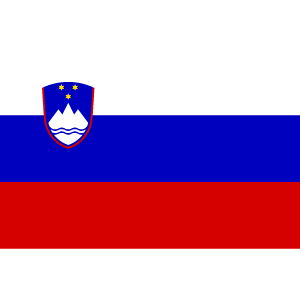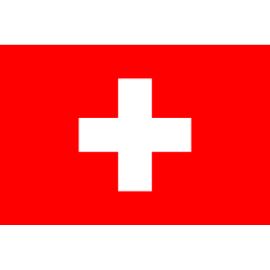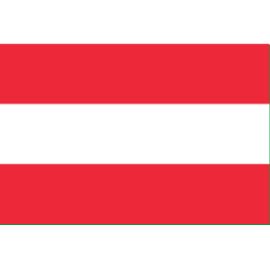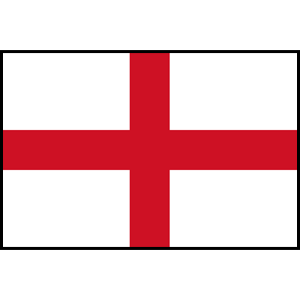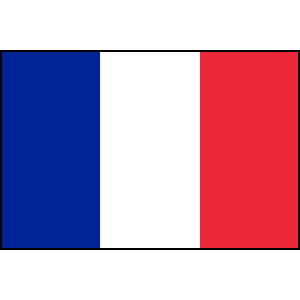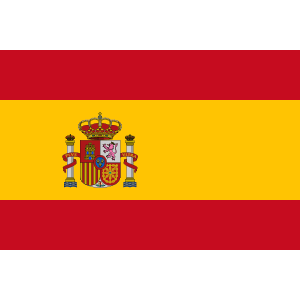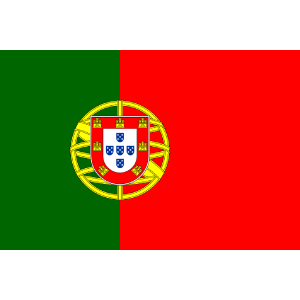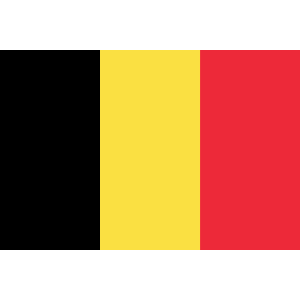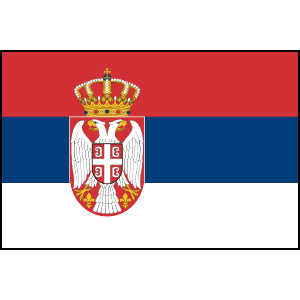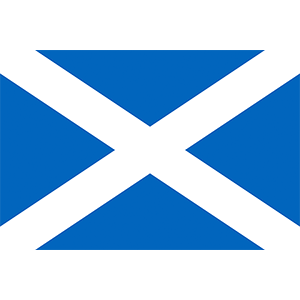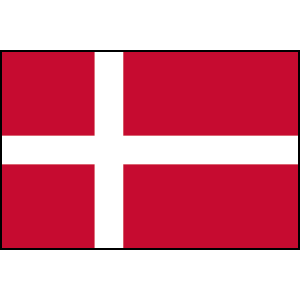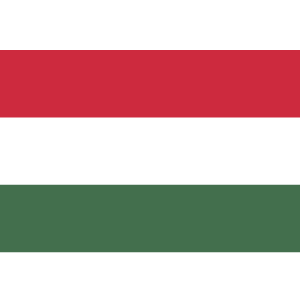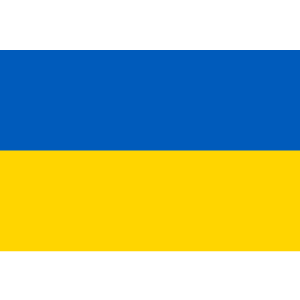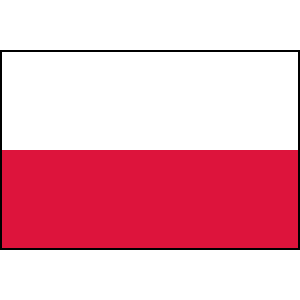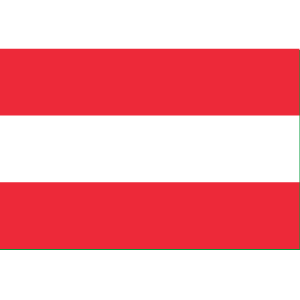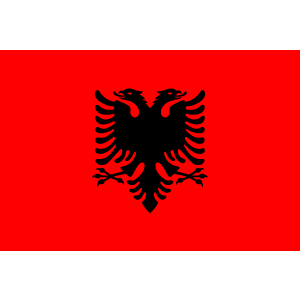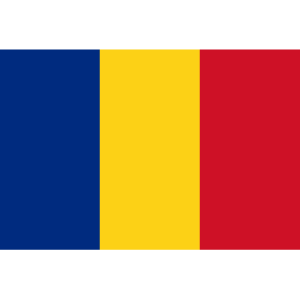Ads
related to: SloveniaBook Accommodation in Slovenia. No Reservation Costs. Great Rates
- Best Lodging In Slovenia
Book Lodging in Slovenia. No
Reservation Costs. Great Rates
- Hotels Slovenia
Hotels, homes, and everything in
between. Book your Hotel in ...
- 2700 Hotels in Slovenia
Book a great Hotel for your Holiday
in Slovenia . Book Now
- Resorts in Slovenia
Choose from a wide range of
properties which Booking.com...
- Best Lodging In Slovenia
Our Hand-Picked Guide to the Best Slovenia for 2023. Small Boutique Hotels. Top 10 Best Slovenia (2023). The Coolest 5 Star Luxury Hotels.
Compare All Major Hotel Providers to Find the Best Deal for Your Needs. Find the Best Price for Your Next Stay in Slovenia. Book Now and Save!
Search results
Other games
Slovenia (/ s l oʊ ˈ v iː n i ə, s l ə-/ ⓘ sloh-VEE-nee-ə; Slovene: Slovenija [slɔˈʋèːnija]), officially the Republic of Slovenia (Slovene: Republika Slovenija ⓘ), is a country in southern Central Europe.
Stroll through vibrant city streets and squares seamlessly blending with countless picturesque countryside paths. Slovenia is a place where rich cultural tradition harmonizes with the contemporary artistic expression. Here, outdoor activities and exquisite cuisine based on seasonal and local ingredients intertwine with health and well-being ...
- Overview
- Land
- Relief
- Drainage
- Soils
Slovenia, country in central Europe that was part of Yugoslavia for most of the 20th century. Slovenia is a small but topographically diverse country made up of portions of four major European geographic landscapes—the European Alps, the karstic Dinaric Alps, the Pannonian and Danubian lowlands and hills, and the Mediterranean coast. Easily accessible mountain passes (now superseded by tunnels) through Slovenia’s present-day territory have long served as routes for those crossing the Mediterranean and transalpine regions of Europe.
The Slovenes are a South Slavic people with a unique language. For most of its history, Slovenia was largely controlled by the Habsburgs of Austria, who ruled the Holy Roman Empire and its successor states, the Austrian Empire and Austria-Hungary; in addition, coastal portions were held for a time by Venice. As part of Yugoslavia, Slovenia came under communist rule for the bulk of the post-World War II period. With the dissolution of the Yugoslav federation in 1991, a multiparty democratic political system emerged. Slovenia’s economic prosperity in the late 20th century attracted hundreds of thousands of migrants from elsewhere in the Balkans. In the early 21st century, Slovenia integrated economically and politically with western Europe, joining the North Atlantic Treaty Organization as well as the European Union in 2004. Slovenia’s capital and most important city is Ljubljana.
Slovenia is bordered by Austria to the north and Hungary to the far northeast. To the east, southeast, and south, Slovenia shares a 416-mile- (670-km-) long border with Croatia. To the southwest Slovenia is adjacent to the Italian port city of Trieste and occupies a portion of the Istrian Peninsula, where it has an important coastline along the Gulf of Venice. Italy’s Friuli-Venezia Giulia region is situated to the west.
Slovenia is mostly elevated. Outside the coastal area, its terrain consists largely of karstic plateaus and ridges, magnificently precipitous Alpine peaks, and (between the elevated areas) valleys, basins, and arable or pastorally useful karstic poljes. The only major flat area is in the northeast. Tectonic fault lines cross the country, and Ljubljana suffered a devastating earthquake in 1895.
Britannica Quiz
Which Country Is Larger By Area? Quiz
In Slovenia four main physiographic regions can be distinguished. The first is the Alpine region, which takes up about two-fifths of Slovenia’s surface area. In the north and northwest, along the borders with Italy and Austria, are the High Alps, comprising the Kamnik and Savinja, the Karavanke (Karawanken), and the Julian Alps; the latter includes Slovenia’s highest peak, Mount Triglav, at 9,396 feet (2,864 metres). In a vale beneath Triglav lie idyllic Lake Bohinj and Lake Bled. Slightly lower than the High Alps is the subalpine “ridge-and-valley” terrain. The main subalpine range is the Pohorje, located south of the Drava River. The historical name for the central Alpine lands is Gorenjska (Upper Carniola), a name that Slovenes still use. Slovenes refer to the Mea and Mislinja river valleys as Koroška (Carinthia). On Gorenjska’s southern edge is the spacious Ljubljana basin, which contains the capital as well as the industrial city of Kranj.
Slovenia’s second major physiographic region, the Kras (Karst), a spur of the lengthy Dinaric Alps in the southwestern part of the country, is dotted with caves and underground rivers, the characteristic features of karst topography (whose term is derived from the name of the region). Although it constitutes one-fourth of Slovenia’s area, the Kras region has only a fraction of the country’s population, which is concentrated between the wooded limestone ridges in dry and blind valleys, hollows, and poljes. Water is scarce in this region. The Suha Krajina is a karstified plateau; the Bela Krajina is a transitional belt that contains plains and points toward the Subpannonia (Pannonian Plain). Most of the region is known to Slovenes by its historical names: Dolenjska (Lower Carniola) and Notranjska (Inner Carniola). Scientific study of karst terrain is a Slovene specialty, research having begun during the 18th century in Habsburg Carniola.
Students save 67%! Learn more about our special academic rate today.
Learn More
The next largest physiographic region (occupying one-fifth of the country) is the fertile Subpannonia; it is located in eastern and northeastern Slovenia and includes the valleys of the Sava, Drava, and Mura rivers. Its basins contain the cities of Maribor (on the Drava) and Celje (on the Savinja River, a tributary of the Sava). Subpannonia corresponds in part to the lower part of the old Austrian duchy of Styria; Slovenes call their portion Štajerska and share some traits with their Austrian neighbours. Beyond a saddle of hills known as the Slovenske Gorice is Prekmurje, a wheat-growing region drained by the Mura River in the extreme northeast of the country. It was ruled by Hungary until 1918; its main town is Murska Sobota.
The fourth principal region (occupying barely one-twelfth of Slovenia’s surface) is Primorska, or the Slovene Littoral. It overlaps what were the Habsburg regions of Trieste and Gorizia and is made up of Slovenia’s portion of the Istrian Peninsula, the Adriatic hinterland, and the Soča and Vipava river valleys. The 29-mile (47-km) strip of coast makes up Slovenia’s riviera. The city of Koper (just south of Trieste) is Slovenia’s major port.
Most of Slovenia’s intricate fluvial network is directed toward the Danube River. The Sava originates in the Julian Alps and flows past Ljubljana toward Croatia; its narrow valley serves as a rail conduit to Zagreb, Croatia’s capital, and farther to Belgrade, Serbia’s capital. The Drava enters Slovenia from the Austrian state of Kärnten, and the Mura emerges from the Austrian state of Steiermark; they meet in Croatia and, like the Sava, ultimately reach the Danube. In the west the Soča originates beneath Mount Triglav and, after a precipitous course, reaches the Gulf of Venice in Italian territory.
The relatively steep gradients of Slovenia’s topography create fast runoff, which in turn ensures most of Slovenia copious water and hydroelectric resources. On the other hand, it also washes away valuable soil nutrients. Pollution of the rivers remains a problem.
Slovenia’s complex geology has created a pedological mosaic. The small, thick Pleistocene cover is acidic and viscid. Permeable thin brown podzols—cambisols and fluvisols—are productive if fertilized, but they cover only about one-tenth of its surface, chiefly to the northeast. The carbonate bedrock underlying much of the country produces thin lith...
An earthly paradise of snow-capped peaks, turquoise-green rivers and Venetian-style coastline, Slovenia enriches its natural treasures with harmonious architecture, charming rustic culture and sophisticated cuisine.
May 2, 2024 · For proof that good things come in small packages, one need only visit Slovenia. In an area half the size of Switzerland, this Central European country packs in breathtaking mountain scenery, lively coastal resorts, fashionable cities, crystal-clear lakes and rivers, and charming, isolated villages. Better still, because of this compact size ...
